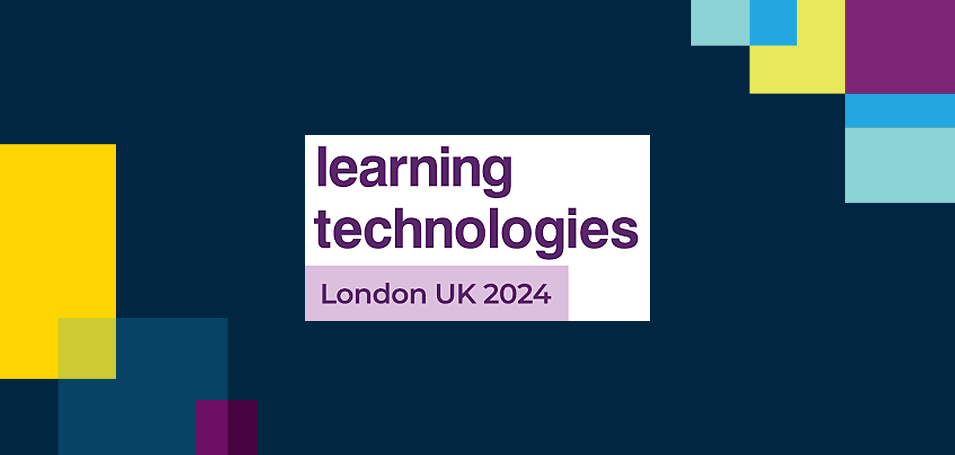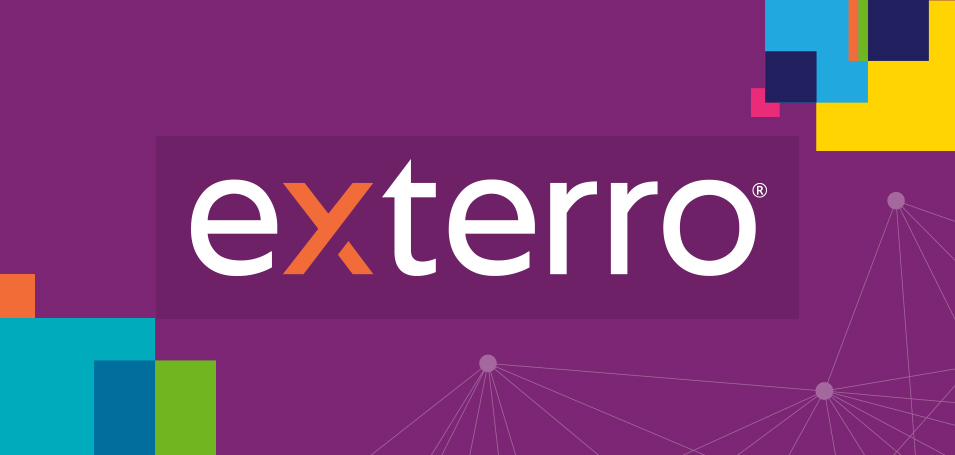I often talk about the importance of maximizing integrations between Learning Management Systems and other systems of record. Whether you’re working in professional training or in customer education, LMS integrations give you a robust dataset to work with. Ultimately, you can unlock insights that can drive and prove ROI.
This centralized data can be used to gain better understanding over the learner experience. It allows you to keep your finger on the pulse of account health and its associated revenues. If you’re not sure what technology you should start with, learn more about how to assemble your training technology here.
However, no matter how broad and feature-rich the tech stack, the real value comes from integrating them strategically. That’s why integrations are just as important as thinking about the tech itself. Over time, I’ve learned that optimizing the LMS integration process allows you to measure and meet your organization’s top KPIs, and in particular to drive three core pillars of ROI.
Building and Retaining Revenue
One of the top LMS third-party integrations you want to consider is with your Customer Relationship Management software (CRM). With this integration, you gain a single, centralized dashboard of account data, allowing you to cross-reference training data by account. Once you have this view, it’s up to you to play with the data and see what you can uncover. Create cohorts to measure the impact of learning on trained vs untrained accounts, stay on top of course completions and certifications by products, regions or industries, and use account health metrics side by side with training data to draw correlations and deeper conclusions.
One of our customers, ZoomInfo, used this approach to measure upsells and renewals to great effect. They found educated customers — where at least one user had completed a course — were 10-15% more likely to renew than those without trained users. On top of that, trained accounts had a greater propensity to buy. In fact, the more users trained in an account, the more likely they were to agree to expansion and upsell. This information, derived through LMS integration, gave them a simple story for the executive board, and data to prove it. It’s clear: customer education has a clear impact on customer experience, leading to a growth in both revenues and retention.
Driving Product Adoption
The next way to use LMS third-party integrations to impact measurable ROI is through product adoption. By integrating with your marketing automation platform, you can drive adoption at key moments of the customer journey; whether that’s reaching out in the moment of need or eliminating friction to speed up Time to Value (TTV) with your product or training.
The value of this integration starts early on in the customer journey, perhaps even before a customer becomes a prospect. For example, you can acquire customers with the help of educational assets such as whitepapers and webinars. Then, you can use learning to transform the relationship from curious prospects through to brand advocates who champion your organization.
Don’t forget NPS and CSAT scores, which help compare those who interact with learning content and those who do not. They can also help compare cohorts to see how education can speed up onboarding and TTV. By leveraging marketing integration, you can track key customer activities, then trigger reminders and notifications to encourage deeper adoption. By understanding learner behavior, you can identify pain points, then target them earlier in the flow of learning.
Boosting the Productivity of Your Team
Customer lifecycle products are a highly valuable part of any LMS integration checklist. They’re designed to help you oversee some particular segment of the customer lifecycle: collecting information about prospects, managing your leads, marketing to them, turning them into paying customers and keeping the
Next, think about integrating with your support software. The LMS integration process allows you to get greater insight into what your customers are struggling with. You’ll access a “big picture” that you can’t get when your data exists in silos. For example, if you can see where your customer support teams are having repetitive conversations, you can target these areas with better self-serve resources – reducing the number of tickets that are coming into your help center.
Onshape is a great example of revolutionizing the way they work by breaking down silos with LMS integrations. Previously, their customer information was held in multiple databases. Then, they onboarded a single learning platform to track and report on training behaviors. With disparate systems they could previously only train dozens of customers at any one time. With Thought Industries — they can serve thousands.
To see if you’re moving the needle on productivity, track metrics such as time to resolution (TTR) for support tickets, and the costs of support between trained and non-trained accounts. You can also look at the most resource-heavy point in the customer journey — onboarding. If education is working, you should be reducing the time investment and the cost of onboarding.
Why Are LMS Integrations Important?
As the training industry matures, the need for “learning anywhere” will only become more essential. The truth is, the greater the extensibility, the more possibilities there are for the future of learning. This is why at Thought Industries we champion the idea of a Headless LMS, a learning platform where the front-end presentation layer is decoupled from the back-end services altogether.
With a Headless LMS, any training organization can build with unparalleled flexibility, creating a front-end user experience that meets any contextual need, all built on top of the foundational LMS solution. The front-end is totally in the business’ hands, which includes specialized design needs, modern content delivery options, and of course — limitless extensibility.
With the opportunity for any and all intelligent LMS integrations, you can:
- Avoid data silos: Gain benefit from the data that is flowing into your business from all departments, enhancing communication between teams and finding innovative ways to connect the dots to form insights.
- Reduce redundancies: When systems aren’t integrated, you need more technology to fill the gaps. Eliminate duplicate data sources or technology that exists simply to link systems of record.
- Blend your software suite: Get more out of your software by helping various technologies work in tandem. A single stream of data is great, but when systems work together — that’s where the magic happens.
- Boost accessibility: Your L&D teams would love to know the impact of learning on other areas of the business. Make it simple by unlocking the data that’s held inside technology owned by Sales, Marketing, Support and more.
- Improve ROI: Isolate the training that’s working and expand those offerings, or highlight where learning isn’t hitting the mark and pull the plug. From revenues and adoption, to productivity and scale — integration gives you the data you need.
Ready to prove ROI from your professional training or customer education use case? Talk to us about your ideal integrations today.



